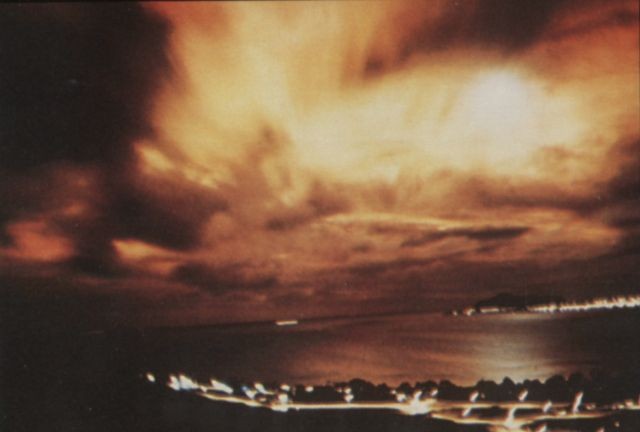 | |
|  |
|
|
| |
| "Star Wars," Round Deux? | Mar 02, 2011 11:33 PM PST | url |
| | |
Added 2 new A* pages:There was an interesting article a week or so ago about the U.S. military's new space strategy; it seems that the military is deciding to take space seriously as part of the field of conflict, designating it a "domain" along with the traditional land, sea, and air. The article quotes deputy defense secretary William Lynn as saying "We need to ensure that we can continue to utilize space to navigate with accuracy, to communicate with certainty, to strike with precision and to see the battlefield with clarity," along with similar quotes from a general or two.
They're also calling for better coordination and cooperation in space with allied countries; for instance, there's currently no protocol for what to do if two satellites from allied nations somehow end up on a collision course. And that could start to happen with some frequency if steps aren't taken, since (according to the article) there are 22,000 man-made objects in orbit, including about 1,100 "active" satellites.
It also talks briefly about the history of space-born conflict, noting that China's destruction of a defunct weather satellite in 2007 was the first strike by ground-based missile in space, and something of a wake-up call for other nations, although the US had destroyed a satellite with an air-based missile, and Russia with a "hunter satellite." Wikipedia's anti-satellite weapon page has more on this, noting for instance that the US's use of the air-based missile was in 1985, and that in 2008 it destroyed a satellite with a ship-based missile (claiming this was necessary as the US spy satellite had failed and was out of control).
Anti-satellite work has in fact gone on since the late '50's in the US; in 1959, they achieved what they called a "success," getting a test missile within about four miles of the satellite Explorer 6; they also tried shooting one at Explorer 5, which had suffered a collision with its booster during launch and was off course, but they lost tracking on the missile.
Four miles was considered close enough, because if the missile carried a nuclear warhead, the electromagnetic pulse from the detonation would have neutralized the satellite. This sounds kind of crazy to us these days, but back then they were detonating plenty of test nukes in the atmosphere! 1958's Starfish Prime detonation 1,445 km away from Hawaii, for instance, generated a stronger-than-anticipated EMP that knocked out about 300 streetlights on the island, although I guess maybe they were different ones than the ones in this photo of the detonation from Honolulu:

image by the US government (source)
^ That glow in the sky is all from the detonation (this was 11:00 pm, Honolulu time)--yikes!
So I guess at the time they felt they had the anti-satellite angle covered. As atmospheric nuclear tests started going out of style, though, that attitude might have started to change, and in the late '60's there was some work done on alternate methods, such as an anti-satellite "X-ray laser" (which was cancelled, but then revived for the whole SDI ("Star Wars") thing in the '80's).
The Soviet Union also had some anti-satellite programs going in the '60's and early '70's, but what I found interesting was that they restarted testing in 1976, using the American development of the Space Shuttle as an excuse ('cause it could potentially drop bombs from space).
|
·····
|
|
|
